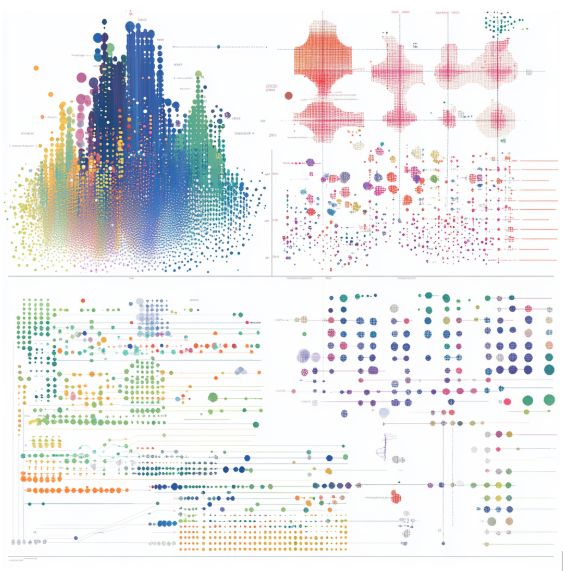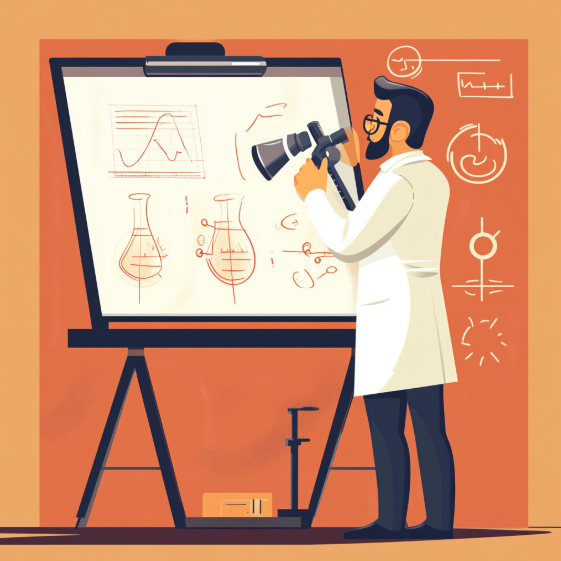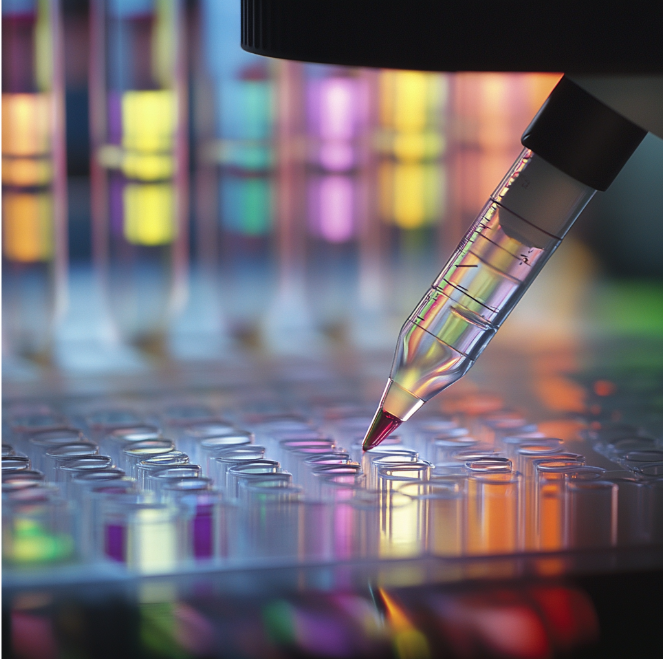Over the last two decades, biology and medicine have entered the era of “big data.” Advances in genomics, proteomics, and other “omics” fields have generated massive datasets, challenging traditional methods of data handling and analysis. Here is where bioinformatics shines: by combining biology, computer science, and statistics, bioinformatics helps researchers sift through enormous datasets efficiently and effectively. In doing so, it accelerates biomedical breakthroughs, from identifying disease risk factors at the population level to personalizing therapies for individual patients.
In this blog post, we’ll take a deep dive into several core biomedical research areas and see how bioinformatics propels progress in each domain.

Before researchers can begin to develop targeted treatments, they need a broad overview of genetic variations across different groups. Population genetics leverages bioinformatics to:
Ultimately, the insights gained from population genetics guide researchers in focusing their resources on the most relevant genes, pathways, or populations, speeding up the entire discovery pipeline.

Not all patients with the same diagnosis are created equal—two individuals with the same disease might respond differently to the same treatment. Bioinformatics helps classify and subgroup patients more accurately based on genetic and molecular profiles. This process is known as disease stratification:
By fine-tuning patient categorization, bioinformatics paves the way to more precise diagnostics and improved therapeutic outcomes.

Biomarkers are measurable indicators of a biological condition, often used for early disease detection or monitoring treatment responses. Bioinformatics accelerates biomarker discovery in several ways:
Robust biomarker identification can drastically improve patient care by enabling earlier diagnosis, accurate prognosis, and real-time monitoring of disease progression.

Once researchers have potential targets—be they genetic variants, biomarkers, or pathways—they need to test these hypotheses. Bioinformatics supports hypothesis testing through:
By refining questions and providing high-confidence leads, bioinformatics makes hypothesis-driven research more efficient and results more robust.

Developing a new drug is notoriously challenging and resource-intensive. Here’s how bioinformatics optimizes the process:
By efficiently triaging which compounds and targets to pursue in the lab, bioinformatics slashes costs and shortens drug development timelines.

All the aforementioned steps—population-level insights, disease stratification, biomarker discovery, hypothesis testing, and drug development—culminate in the era of precision medicine. Bioinformatics is integral to this approach by:
Precision medicine aims to deliver the right treatment to the right patient at the right time, improving outcomes while reducing unnecessary treatments and side effects.

Bioinformatics sits at the heart of modern biomedical innovation. From unearthing genetic risk factors in large populations to fine-tuning treatments at an individual level, it knits together massive streams of data into actionable knowledge. As algorithms become more sophisticated and datasets grow even larger, bioinformatics will only gain importance, ushering in the next wave of breakthroughs in drug discovery, disease understanding, and personalized healthcare.
Whether you’re a researcher, clinician, or simply a science enthusiast, it’s clear that bioinformatics is transforming how we tackle disease and improve patient outcomes. By merging computational power with biological expertise, bioinformatics continues to push the boundaries of what is possible in medicine today—and tomorrow.
Through collaborative efforts and continued technological advances, bioinformatics will remain a cornerstone of biomedical research and a catalyst for life-changing medical breakthroughs.
Chat with our experts one-on-one to know more about how we can propel your research with our bioinformatics capabilities.
Don’t miss our future updates! Get Subscribed Today!
©2024. Vitalytics BioScience Company Pvt Ltd.